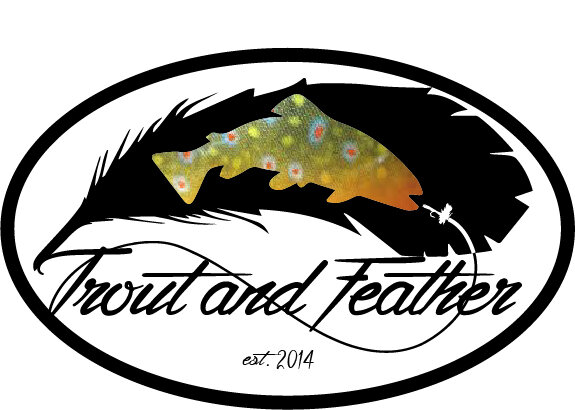There are plenty of reasons why you might hire a fly fishing guide. The most common reason is that you’re taking a trip, so you want to optimize your angling opportunity. It might also be the case that you have to have a guide to access a particular stretch of water. Or, you could be genuinely interested in learning something from a reputable waterman.
Whether the cost of a day in a drift boat is a splurge or chump change, the investment of time with a guide necessitates that you do more than reach out to the first person Google hands you. With a few simple steps, your day out with a professional has the potential to yield a lot more than a good number of fish.
Read more